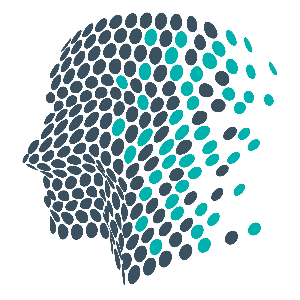What is a Language Disorder?
A language disorder refers to ongoing difficulties in understanding and/or using spoken or written language. A child with a language disorder may pronounce words clearly but still experience significant challenges expressing their thoughts, understanding others, or using language effectively to communicate.
Language disorders can arise for various reasons. They may occur alongside other conditions such as Autism, Intellectual Disability, Down syndrome, or traumatic brain injury. However, language disorders can also present in isolation.
When no identifiable medical cause is present and language difficulties persist into the school years and beyond, the term Developmental Language Disorder (DLD) is used.
Developmental Language Disorder is a common yet often under-recognised condition, affecting roughly two children in every classroom. It is more prevalent than Autism and may co-occur with ADHD, Specific Learning Disorders (such as Dyslexia, Dysgraphia, or Dyscalculia), as well as mental health challenges.
It is important to note that learning more than one language does not cause a language disorder. However, a child with a language disorder will demonstrate similar difficulties across all languages they use.
Signs of a Language Disorder
Indicators of a language disorder may include, but are not limited to:
Difficulty following instructions or requiring frequent repetition
Challenges forming sentences or using correct grammar
Trouble answering questions or expressing thoughts and feelings
Difficulty retelling events or stories in order
Reliance on vague words such as “thing” or “stuff”
Problems recalling or using words accurately
Difficulty understanding what is read (reading comprehension)
Challenges learning to read and write
Difficulty joining or maintaining conversations
Problems understanding figurative language, jokes, or sarcasm
Language disorders are frequently overlooked. Children may be perceived as inattentive, unmotivated, or poorly behaved when, in reality, they are struggling with an underlying communication difficulty.
How Are Language Disorders Diagnosed?
Language disorders are assessed and diagnosed by a Speech Pathologist.
Assessment typically involves a combination of standardised testing, informal observation, and discussion with parents and educators.
The process aims to determine whether language difficulties are persistent, the degree to which they affect daily functioning, and how they relate to the child’s developmental, medical, academic, and social background.
Speech pathologists work collaboratively with families, teachers, and other professionals to establish meaningful, individualised goals that promote full participation—academically, socially, and emotionally.
The Impact of a Language Disorder
A language disorder is a lifelong condition that extends beyond difficulties with speaking. It can have a significant impact on a child’s ability to learn, form relationships, and engage confidently in everyday life. Challenges with understanding or using language can affect:
Academic Learning: Language underpins reading, writing, and understanding new information.
Social Interaction: Communication difficulties can make it harder to share ideas, follow conversations, and build friendships.
Participation: Children may withdraw from group activities, classroom discussions, or play due to communication challenges.
Emotional Wellbeing: Ongoing frustration and misunderstanding can lead to reduced confidence, anxiety, or other emotional difficulties over time.
Early Identification Matters
Early recognition and support make a significant difference. If you are concerned about your child’s language development, it is important to seek guidance from a speech pathologist.
With strategies and support, children with language disorders can develop the skills they need to communicate, learn, and connect more successfully.

